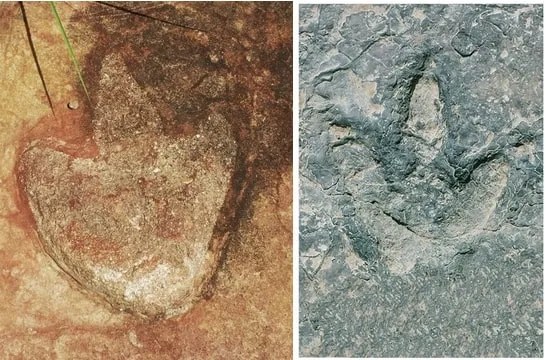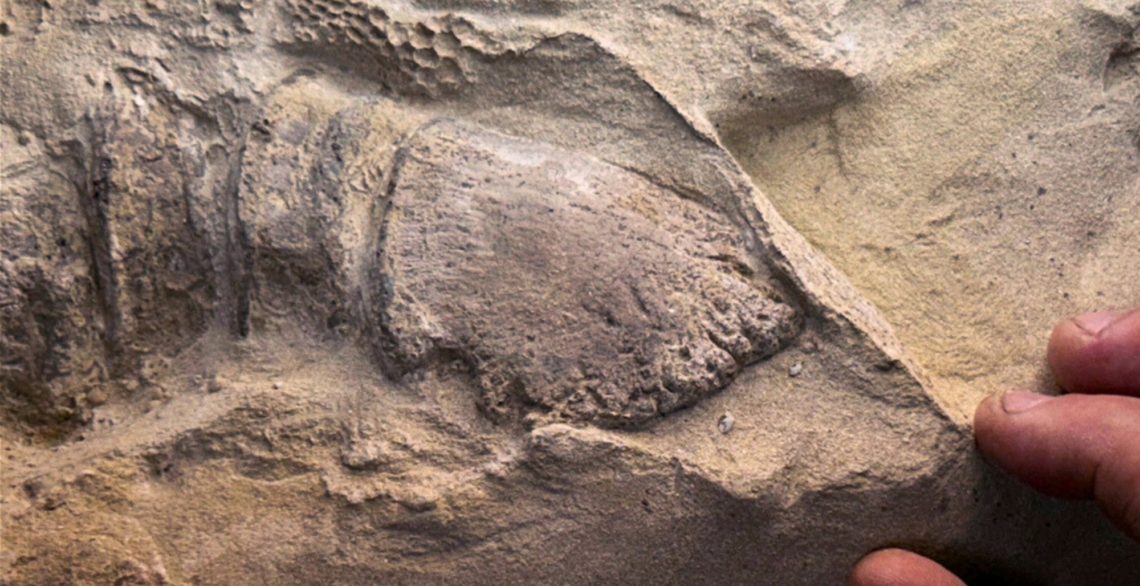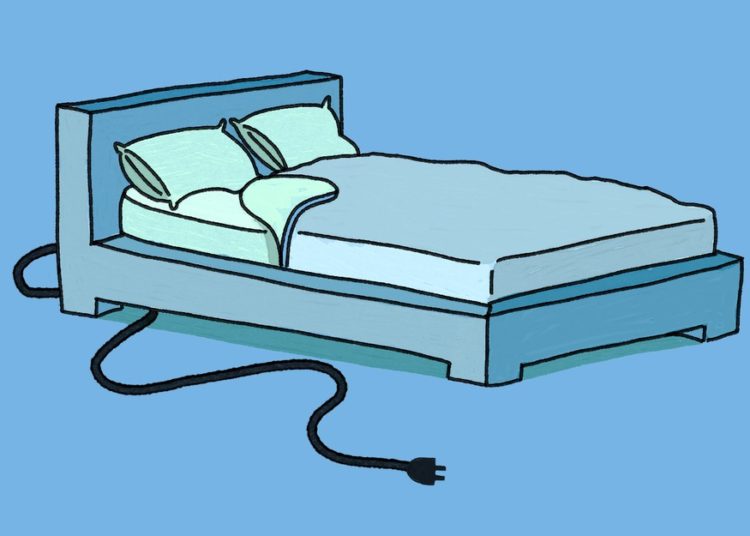About 66 million years ago, a herd of duck-billed dinosaurs died waiting for rain during a drought. Their bodies baked in the heat, then vanished under a wave of mud and debris once the rain came, leaving behind some of the best-preserved “dinosaur mummies” ever found. We’re talking skin, spikes, and, somehow, even the hooves.
The discovery comes from Wyoming’s so-called “mummy zone,” a ten-kilometer stretch of badlands known for exceptional fossil preservation. Paleontologists from the University of Chicago examined several Edmontosaurus annectens specimens found there, publishing their results in Science. These gentle, buffalo-sized herbivores are among the most common dinosaurs in North America, but these new finds reveal details that haven’t appeared in the fossil record before.
The first specimen, a juvenile around two years old, preserved its full shape with soft tissue outlines, a fleshy neck crest, and fine wrinkles across the skin. The second, an older individual between five and eight years old, still had a full line of small, bony spikes running down its back to the tail tip. But what caught scientists off guard were the feet. The toes weren’t clawed like typical reptiles; they ended in hardened caps. Hooves.

Scientists Discover ‘Dinosaur Mummies’ With The First Known Reptile Hooves
That makes Edmontosaurus the first known reptile, and the earliest animal of any kind, to show hoof-like structures. According to the researchers, similar features may have evolved even earlier in armored dinosaurs like stegosaurs and ankylosaurs, whose fossils often match trackways with rounded toe impressions.
There’s no original tissue left inside these fossils, only fine clay molds less than a millimeter thick. When the animals died, bacteria likely formed a biofilm around their decaying bodies, creating a thin shell that hardened as sediment piled on. That microbial armor preserved the outer layers of skin and detail down to individual scales.
The mummified texture suggests the dinosaurs died in a drought, their bodies drying in the sun before flash floods buried them. “These details support carcass burial by floodwaters at or near the site of death over a matter of hours or, at most, days,” the researchers wrote.
Most dinosaurs are known through bones. These held their shape long enough for the earth to take a perfect cast. Skin, spikes, hooves, and all.
The post Scientists Just Found ‘Dinosaur Mummies’ With the First-Ever Reptile Hooves appeared first on VICE.




